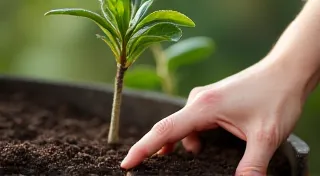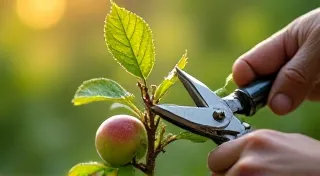Pruning and Maintaining Your Dwarf Fruit Trees in Containers for Maximum Yield
Growing dwarf fruit trees in containers is a rewarding experience, allowing you to enjoy fresh, homegrown fruit even with limited space. However, these trees require diligent care, and regular pruning is arguably the most crucial aspect of their success. This guide will walk you through the essential pruning techniques, repotting schedules, and pest/disease management to ensure your container-grown dwarf fruit trees thrive and produce bountiful harvests.
Why Pruning Matters for Dwarf Fruit Trees in Containers
Pruning isn't just about aesthetics; it's vital for several reasons:
- Shape and Size Control: Dwarf fruit trees are bred for smaller stature, but without pruning, they can quickly become unruly. Pruning keeps them compact and manageable within their containers.
- Fruit Production: Pruning encourages the tree to focus its energy on producing fruit rather than foliage. It stimulates new growth, which is where most fruits develop.
- Air Circulation & Sunlight Penetration: Pruning opens up the canopy, allowing for better air circulation, which reduces the risk of fungal diseases, and improves sunlight penetration, essential for fruit ripening.
- Fruit Quality: Proper pruning can result in larger, sweeter, and more flavorful fruit.
Pruning Techniques: A Step-by-Step Guide
The timing and type of pruning will vary depending on the fruit tree species. However, these general guidelines apply:
1. Dormant Pruning (Late Winter/Early Spring)
This is the most important pruning session, performed just before the tree begins its new growth.
- Remove Dead, Diseased, or Damaged Branches: Start by eliminating any branches that are clearly unhealthy. Cut these back to healthy wood.
- Remove Suckers and Water Sprouts: Suckers emerge from the base of the trunk, while water sprouts shoot upwards from branches. Both steal energy from the main tree and should be removed.
- Thinning Cuts: Remove entire branches back to their origin. This opens up the canopy. Aim for a balanced shape.
- Heading Cuts: Shorten branches by cutting them back to a bud. This encourages bushier growth and branching. Use sparingly.
- Central Leader Maintenance (For certain varieties): If your variety has a central leader (like apple or pear), maintain its dominance by gently guiding its growth.
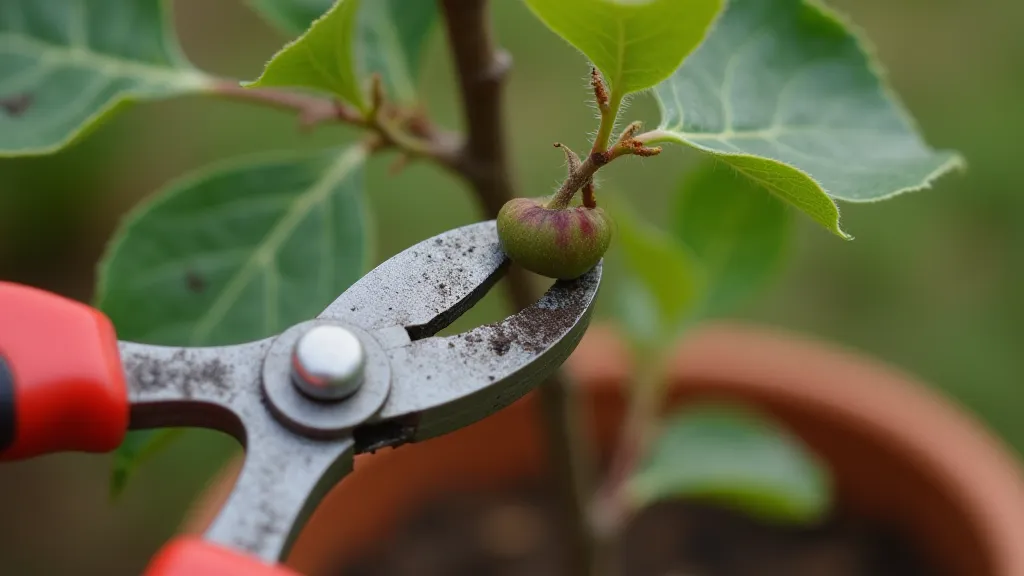
2. Summer Pruning (Optional)
Summer pruning helps control vigorous growth and encourages fruit ripening. It involves lightly pinching back new shoots to redirect energy. Avoid heavy pruning in summer as it can stress the tree.
Repotting Schedules & Container Care
Container-grown fruit trees need repotting every 2-3 years, or when roots become pot-bound.
- Choose a Larger Pot: Select a pot that is only slightly larger than the previous one. Overly large pots can lead to root rot.
- Use a Well-Draining Potting Mix: A mix specifically formulated for fruit trees or a combination of potting soil, perlite, and compost is ideal.
- Root Pruning (Optional): When repotting, you can gently trim any circling or congested roots to encourage fresh growth.
- Fertilize Regularly: Container-grown trees rely on you for nutrients. Use a balanced fertilizer formulated for fruit trees.
Dealing with Pests and Diseases
Container fruit trees are susceptible to pests and diseases. Regular inspection is key.
- Common Pests: Aphids, spider mites, scale, and fruit flies are common culprits. Insecticidal soap or horticultural oil can be effective treatments.
- Common Diseases: Fungal diseases like powdery mildew and brown rot thrive in humid conditions. Ensure good air circulation and consider a fungicide if necessary.
- Prevention: Maintaining a healthy tree through proper pruning, watering, and fertilizing will strengthen its defenses.
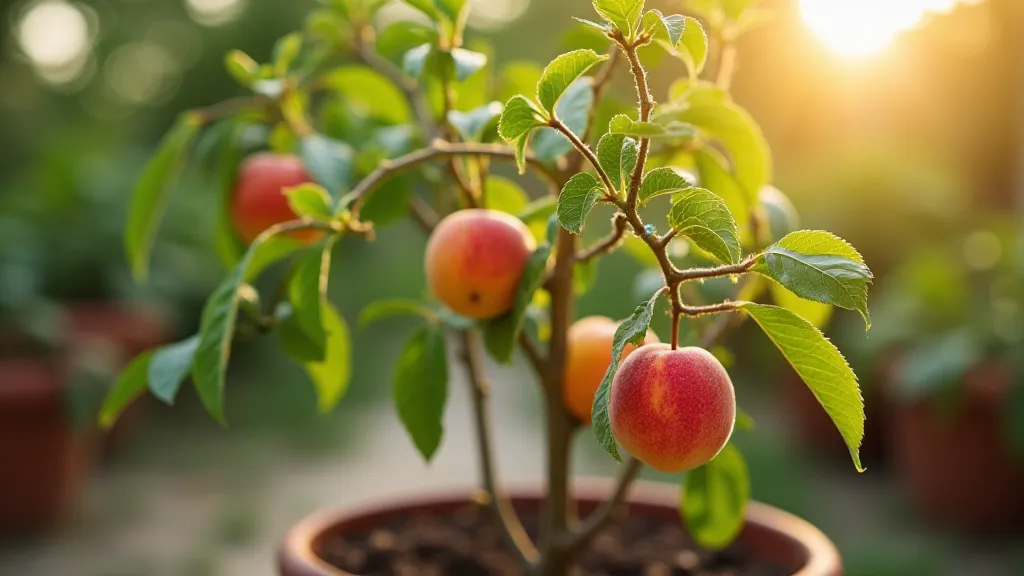
Tips for Success
- Research Your Variety: Different fruit tree varieties have different pruning needs.
- Don't Be Afraid to Prune: It's better to prune too much than not enough.
- Sanitize Your Tools: Clean pruning shears and saws with a bleach solution to prevent the spread of disease.
- Observe Your Tree: Pay attention to its growth patterns and adjust your pruning accordingly.
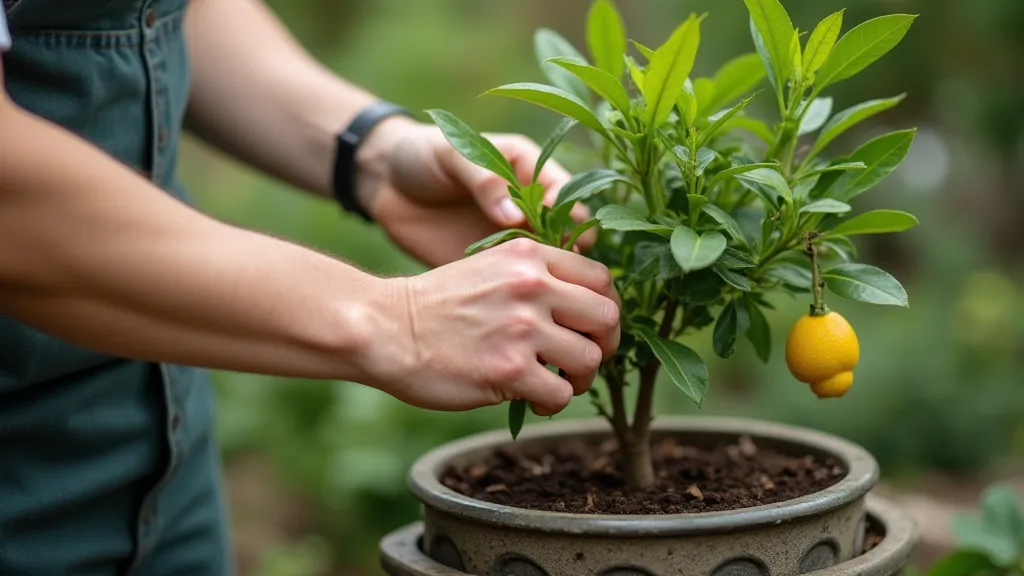
With consistent pruning and attentive care, you can enjoy a bountiful harvest of delicious fruit from your container-grown dwarf fruit trees.

